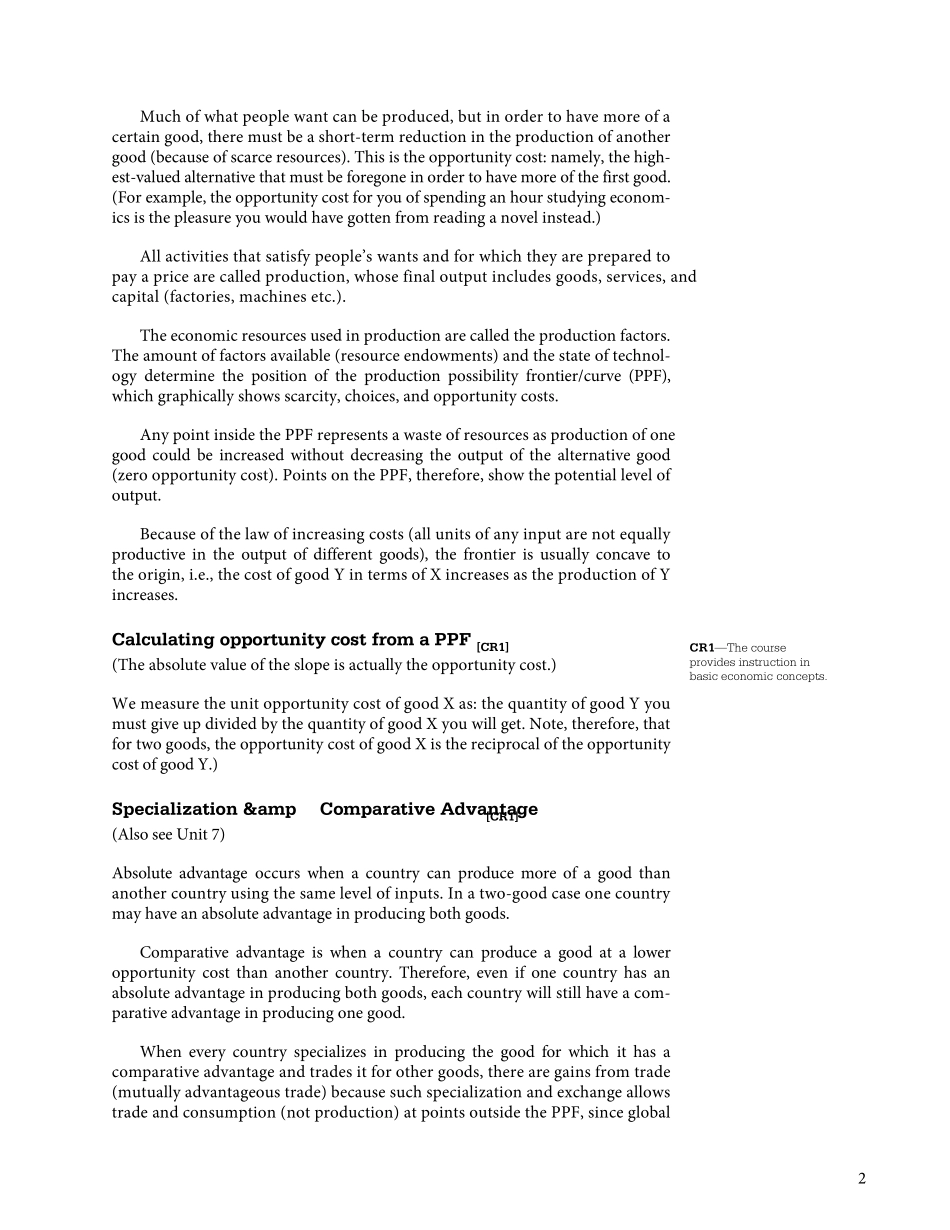AP® Macroeconomics Syllabus 1Being students’ first introduction to any kind of economics, both macroeconom-ics and microeconomics run throughout the year. The classes meet three times a week, for two 80-minute classes and one 40-minute class. There are about 5 students in each section.Teacher ResourcesMacroeconomics cannot be well served by a textbook, simply because both the global economy and also the theory are often in a state of flux. This is particularly evident in the case of deflation, a twenty-first century phenomenon, that has not yet received the attention it deserves in economics literature. Therefore, I have summarized and regularly update (sometimes even as I teach the topic!) each unit of the AP Macroeconomics syllabus for the students. Meanwhile, the students are encouraged to dip into books rather than read them in a linear fashion. They keep the primary textbook at home: Michael Parkin, Macroeconomics, 7th ed. New York: Addison-Wesley, 2006.The instructor’s resources and the CD-ROM that accompany the Parkin text include study guides, test banks, PowerPoint files, and an interactive software package, called Economics in Action. I also refer to N. Gregory Mankiw, Principles of Macroeconomics. 4th ed. (Cincinnati: South-Western, 2007), plus William J. Baumol and Alan S. Blinder, Macroeconomics-Principles and Policy, 0th ed. (Cincinnati: South-Western, 2006), and some of the online resources associated with Campbell R. McConnell and Stanley L. Brue, Macroeconomics, 6th ed. (New York: McGraw Hill, 2005).I refer to too many Web sites— ranging from data sources to lecturers’ class notes— to cite any single one as being especially useful. As with texts, I would sim-ply suggest dipping...


